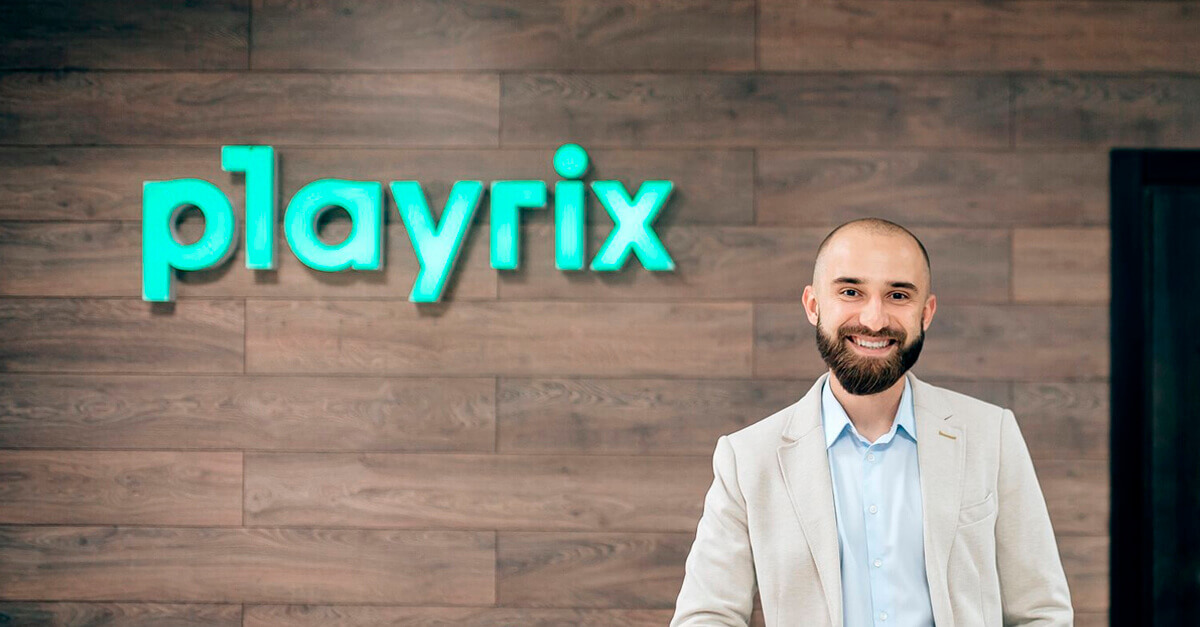Sergey is the Lead User Acquisition Manager at Playrix. After several years as a developer, Sergey became the product owner at a German DSP and SSP. During this time he discovered his passion for ad tech, leading him to a career in user acquisition.
Learn more from his Mobile Hero profile.
In 2018 the goal of any advertising campaign is to generate a return on investment, ensure the growth of the company and continue to reinvest new budgets into advertising. In order to minimize their risks, the majority of advertisers switched to buying advertising using performance models (buying on CPI, CPA, etc.).
On one hand, this approach is a smart move, allowing marketers to remove their focus from all the unnecessary noise and focus on generating earnings and increased efficiency. On the other hand, you never know the true cost of conversions you are buying, or what type of margins the agency delivering your traffic is charging. In this situation you can’t blame the agency, since, just like everyone else, they are thinking about their business, and the higher the risks, the higher your rewards should be.
Let’s look deeper into how the default chain of performance buying actually works. As an advertiser you approach an agency, who in turn goes to their trusted partners and offers them your offer for a smaller price. This can continue to happen indefinitely, but in the end somebody reaches the publisher, who is interested in only one thing—their eCPM. As a result, often we are getting a long chain of rebrokering, and in the end a partner that actually delivers the traffic, the one that will be exercising your offer, and only cares about eCPM.
This leads us to the first conclusion: if you want to buy cheaper, buy on CPM. This way you will never be paying a percentage for the additional risk and you will clearly see the quality of the traffic that you are buying. Of course, even with CPM buying there is rebrokering, but thanks to OpenRTB protocol and performance DSPs this problem has been solved.
The second pain point in the current ecosystem is the misattribution, or theft, of organic traffic. Everyone is trying to understand who stole from whom. Does Partner 1 steal efficiently or do we actually need to change things? If we look deeper, we see that this problem arose the moment we introduced CPA buying. Understanding that we are paying on CPI or CPA, everyone tried to find the answer to the question: “how many organic actions are we giving away to one or another partner?”
In most cases this question remains unanswered. But if we look at CPM buying and ask ourselves the same question, we see that it doesn’t make sense. With CPM buying we are not paying for actions, we are paying for impressions of our ads—we are paying for the exact amount of impressions that we bought.
Now we can make the second conclusion: if you want to stop worrying about misattribution of organic traffic—buy on CPM. This doesn’t solve the problem of fraud, since fraud is the real plague of our generation. However, this model of buying at least allows us to stop worrying about everything other than fraud and we can quit trying to find the “happy medium” in our ad campaigns.
In conclusion, this article isn’t meant to encourage you to pause your performance campaigns and switch to buying on CPM, since working with CPM campaigns warrants a completely different optimization approach and a different view of the campaign in general. The point of my article is to show that the CPM model always existed and hasn’t gone anywhere. Even when we are using a CPI model we are still essentially buying on CPM. Currently the market is strongly moving towards popularization of OpenRTB and in the near future we will still need to return to the origins.
